THE PAP’S POST-2011 PLAYBOOK
Soften on social policy, harden against critics.
September 2015 update: Now that we know the strategies below worked, what next? For my response to the GE 2015 results, please click here.
“The world did not start in 2011,” Deputy Prime Minister Tharman Shanmugaratnam said recently. His irritation was palpable, and probably justified: it is true that policies he masterminded to tackle Singapore’s growing income gap predated 2011, contrary to cynical claims that they were nothing more than a rearguard reaction to the Opposition’s advances in that fateful year.
Indeed, for better or for worse, it is a fundamentally unchanged People’s Action Party that is seeking a new mandate in 10 days’ time. This is still a PAP that will do whatever it takes to ensure the Republic’s relevance in a global economy and the party’s dominance over the Republic; one that prides itself on reliable performance, and protects its power with a vengeance. Yet, there’s no doubt that the 2011 setback forced it to reassess its approach to politics. It needed a strategy to ensure that the inroads the Opposition made in the last GE would not be deepened in the next.
Looking back at its actions over the last four years, it is possible to reconstruct the key moves contained in the PAP playbook of 2011-2015:
1. Take emergency steps to meet people’s practical needs. Put more buses on the road, ramp up the supply of HDB flats and make homes more affordable. Stop denying that policies were failing the people: ultimately, you can’t argue with votes. So, clear all policy roadblocks, unlock resources, and show tangible improvements as soon as possible.
2. Side more with Singaporeans. The government can’t slam the brakes on immigration without crashing the economy. But since the flood of foreigners was Singaporeans’ number one source of unhappiness, the PAP government has to show it is tightening up. It can also offer more symbolic concessions at no economic cost, like allowing more Singlish and dialect.
3. Socially, inch decisively to the left. Fortunately, Cabinet has a world-class finance minister who actually knows what he’s doing. Let him continue with the reforms he started with WorkFare, relieve people’s anxieties over medical costs, and give senior citizens their due. If anyone can strike that elusive balance between social justice and fiscal responsibility, he can.
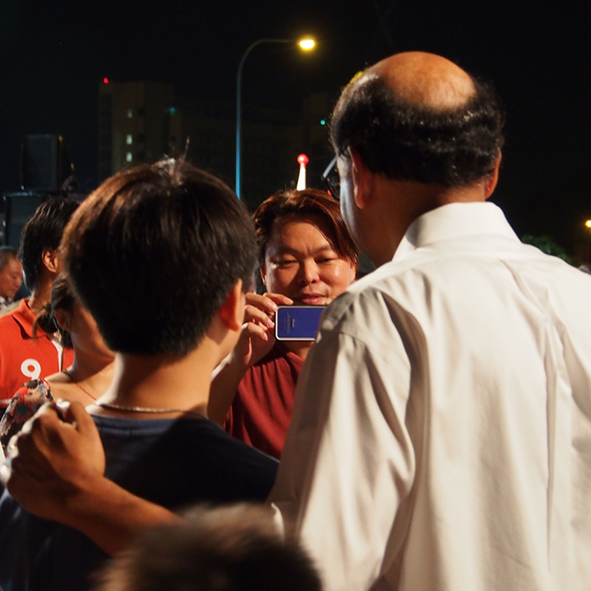
A little to the left, please. – Picture by Cherian George
4. Push community involvement in lieu of political engagement. Singaporeans are growing a social conscience, so promote a culture of participation at the grassroots. Position PAP MPs as problem-solving “chief social workers”. Thus, divert the energies of caring citizens towards safe community work, and away from more troublesome political activism. They should render aid to Singapore families, not attempt reform of the Singapore system.
The biggest shift in thinking was on social policy. … On the political front, though, its approach could not be more different, refusing to concede much ground, and it might even have dug in some more.” – Han Fook Kwang
5. Attack Opposition MPs on the municipal front. Keep Workers’ Party MPs busy defending their management of their town council, so that they have no time to do groundwork in PAP constituencies. GRCs are won by small margins. So if the allegations succeed in causing just 10% of swing voters to think twice, the PAP will hold those seats.
6. Write off liberal critics. Singaporeans who want more political freedom are a small minority and are impossible to please anyway. So, get tougher on dissenting bloggers, filmmakers and intellectuals. Let everyone know that criticising the government carries a price. This will keep civil society and the arts tame. Most of the educated middle class won’t really object to the lack of independent space, as long as they have enough channels for consultation, and plenty of leisure and lifestyle options.
Frustrated at the apparent lack of headway it’s making in public debates, some government leaders may decide that they have been too nice to their opponents. If they can’t control the demand for alternatives, they might be tempted to choke its supply, raising the barriers to entry for serious individuals who are tempted to join the opposition. I’d be happy to be proven wrong – but we should not be surprised if things get ugly.” – PAP Rule: Beginning of the End?, January 2013.
7. Dampen the growth of alternative online media. The newly politicised public may encourage the development of more professional independent online news media, like Malaysia’s Malaysiakini. No need to block such wannabe sites. Just impose new regulations to squeeze them financially, so they can’t grow their reporting capacity to compete head-on with mainstream media.
8. Tighten the grip on mainstream media. Make the national newspapers even more trustworthy than before. Earlier media policy handled the “china bowl” of the press too gingerly. The PAP can stop worrying about hurting newspapers’ credibility, since the young don’t read them anyway. So, intensify the micr0-management of the national media. They need to ensure that the centre holds.
9. Get pro-active in social media. Shift dependence from the “earned media” of journalistic coverage with the “owned media” of public relations. Have individual politicians, government agencies and the party build up their own social media capacity. And use social media as an opportunity to improve surveillance, including through real-time sentiment monitoring. Fight the online insurgency with the government’s own formidable resources.
10. Ride on reactionary nationalism. Exploit Singapore’s blurred boundaries between party and country. Sow SG50 patriotism and reap dividends for the PAP. Use history to show Singaporeans that we are located in an unfriendly, unpredictable region, and that survival depends on strong government. Trust conservative Singaporeans to rise up against those with alternative views, in defence of home and hardliners.
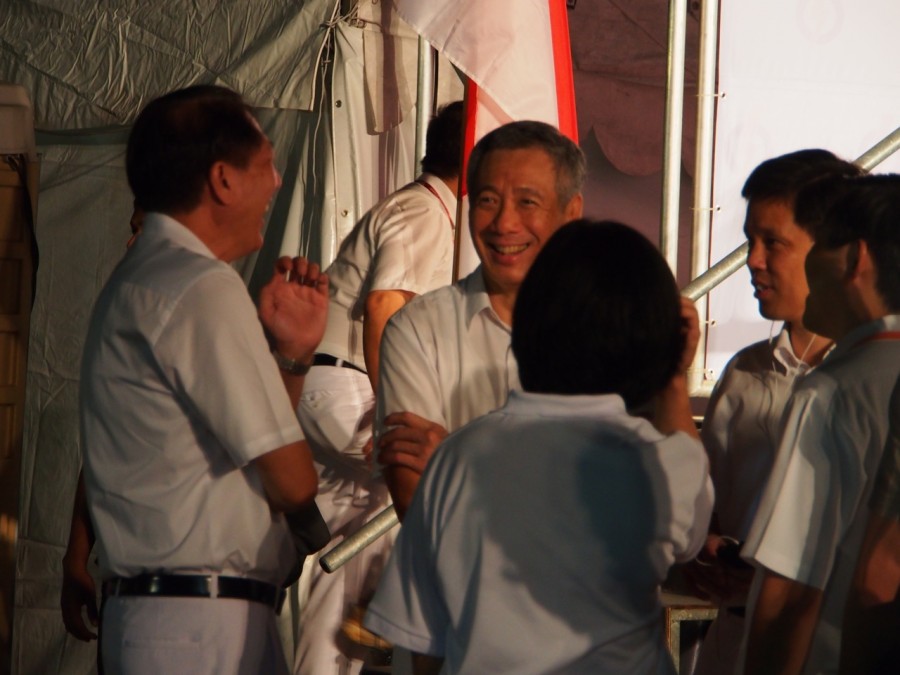

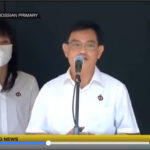

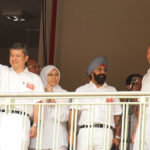
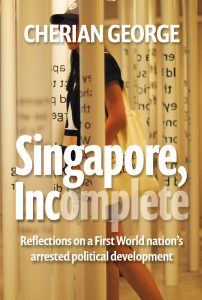
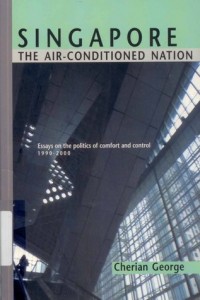
Comments are closed.